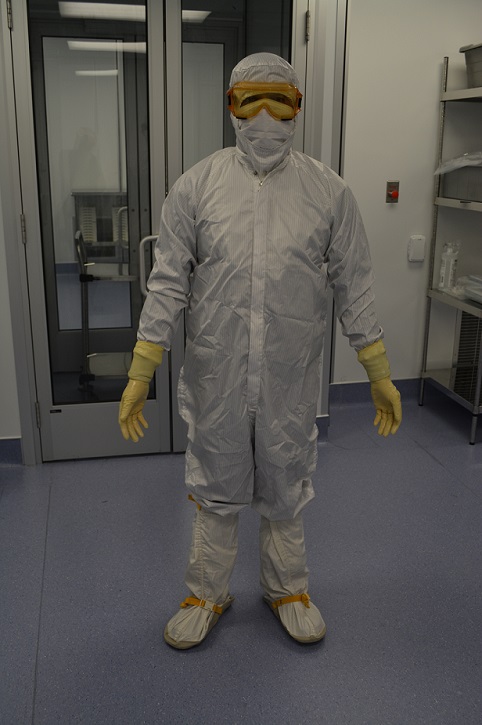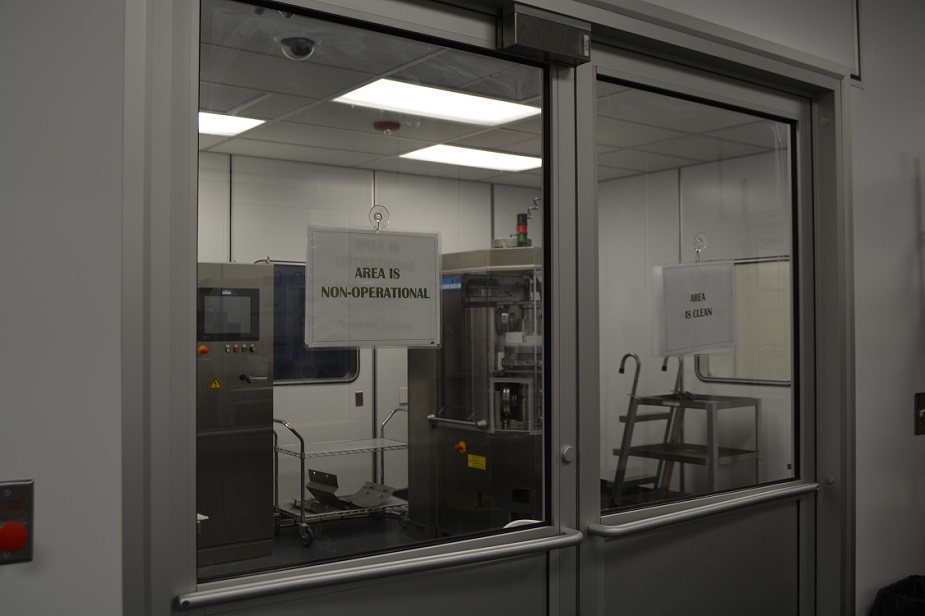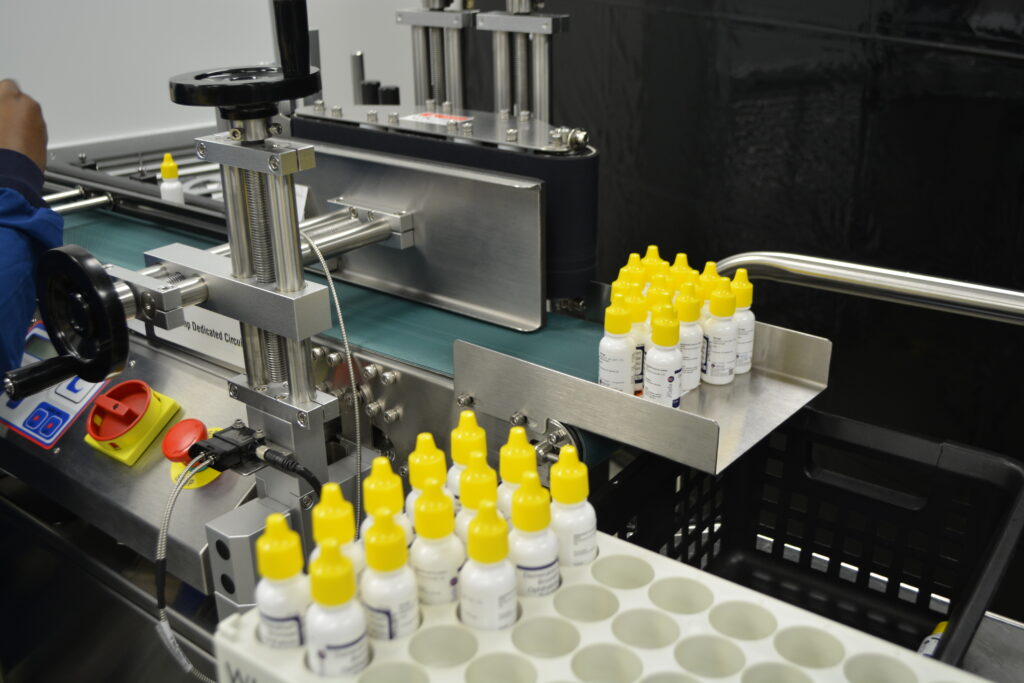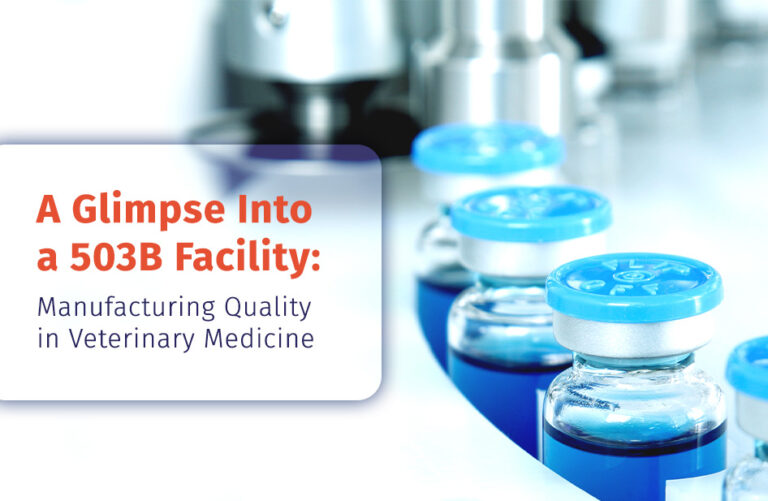Words like 503B manufacturing, outsourcing facility, and cGMP are floating around veterinary practices and hospitals, but increasing pet adoptions and navigating a global pandemic make already-complex terms more challenging. With 503Bs being largely new to veterinary medicine, many veterinarians and their practices are left with questions—a top one being what standards and actions are in place to manufacture a quality product within a 503B facility?
To give you a better picture of the practices that are sustained in 503B manufacturing, let’s take an inside look at Epicur Pharma’s 503B facility and the processes in place that assure each batch meets quality standards.
Improvements
Because Epicur adheres to Current Good Manufacturing Practices (cGMP), we maintain a stringent process improvement program for all facility processes. Epicur has established a sound facility with robust procedures, and adhering to cGMP means we’re always looking for opportunities to improve and grow. One simple example of this is that Epicur switched from disposable gowning to sturdy and reusable gear. The disposable gowning had the tendency to shed and tear. By implementing the use of reusable gowning material, our employees can now wear sturdier cloth material with fibers that have antimicrobial properties which promotes cleanliness and reduces potential contamination.

Training
Training is essential to operations at Epicur. There are different training programs for each area of the development process, including quality, manufacturing, and universal cGMP training. There are also heightened qualifications for individuals who work in rooms during the filling of a product. Extensive training helps us guarantee the quality of our products because we demand such a high level of excellence from our team.
Epicur employees greatly influence the improvements we make throughout the facility. They are the ones completing these processes each day. Our employees provide valuable feedback which helps guide meaningful process improvement. Their suggestions add value to the process. By allowing employees to see how valuable they are to the quality of the company, it contributes to a company culture that is beneficial for all, which is a culture of quality. This starts in the training process.
Equipment
Automation is a large part of the 503B manufacturing process at Epicur. Automation effectively eliminates human error and potential contamination, while enhancing quality and consistency of the product. Our automated equipment is engineered and tested to the highest standards of precision and accuracy. For example, fixed parameters are pre-set on the machine for vial filling, stoppering speed, and crimp force to achieve consistency and aseptic conditions across the filling process. Eliminating human intervention through automation has more benefits then just reducing error and contamination. Epicur employees take advantage of that time to incorporate more quality processes into the operations by having greater process oversight, enhancing in-process verifications, and improving inspection timing. Automation allows Epicur to take a more proactive approach which mitigates operation risks and enhances product quality.
The FMB210 ophthalmic filling line includes a fully automated filling, tipping, and capping machine. Automation effectively eliminates human error and potential contamination, while enhancing quality and consistency of the product.
Facility Design
At Epicur, we have undergone cGMP facility renovations to improve personnel/material flow and process identification. The facility is designed so the flow of materials and personnel will not comingle nor cause potential cross contamination at any point. This is important for maintaining quality standards through unidirectional flow. Rooms and areas are designed for specific processes to protect the safety of the operator and to ensure products are manufactured in the appropriate conditions. cGMP design principles enhance operational controls by designating procedures and storage to specific areas, permitting visual identification of materials approved for use, and ensuring only qualified personnel are present in a given area.
Signage is another useful tool. If a room was just used for processing, then a sign would indicate that the room needs to be cleaned before the next usage. Operational signs indicate if a room is being used, and if so, then not to walk into the room. No employee is left to guess what areas are accessible and usable at any time, which is key to maintaining quality in the facility.

Small actions, such as signage and facility layout, become key considerations when you realize how they work to create good, quality habits.
Quality Control
The quality control process at Epicur is product oriented. Prior to use, incoming materials are inspected and/or tested to ensure all quality and company standards are met to produce the intended product. Of course, the finished product is tested as well to ensure purity and sterility, but this alone does not provide the high level of sterility assurance required in cGMP. Many environmental aspects are monitored for each batch of product, including:
- Surface monitoring of the aseptic processing area
- Personnel gown and gloves involved in filling
- Air monitoring of the aseptic processing area at multiple time points
This level of monitoring further ensures that products were processed under the aseptic conditions required for sterile products to remain sterile during manufacturing. Robust quality control processes and procedures can make it easy to pinpoint an issue if anything were to go wrong, which allows 503B outsourcing facilities to be more proactive rather than reactive.




